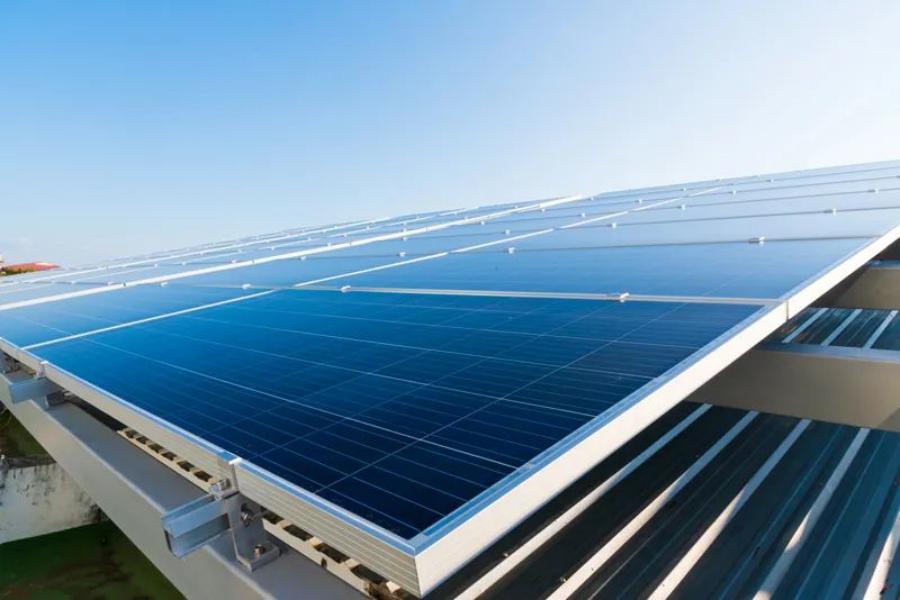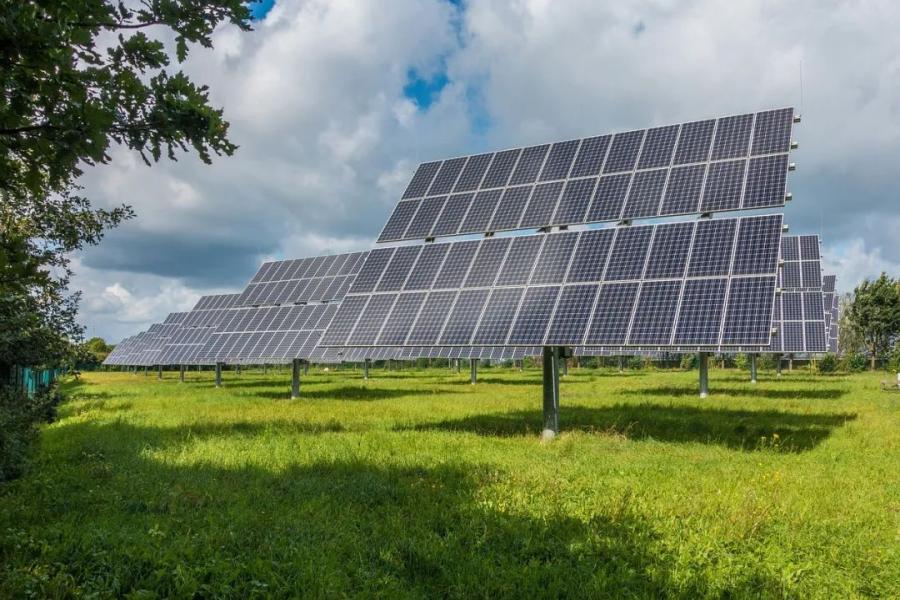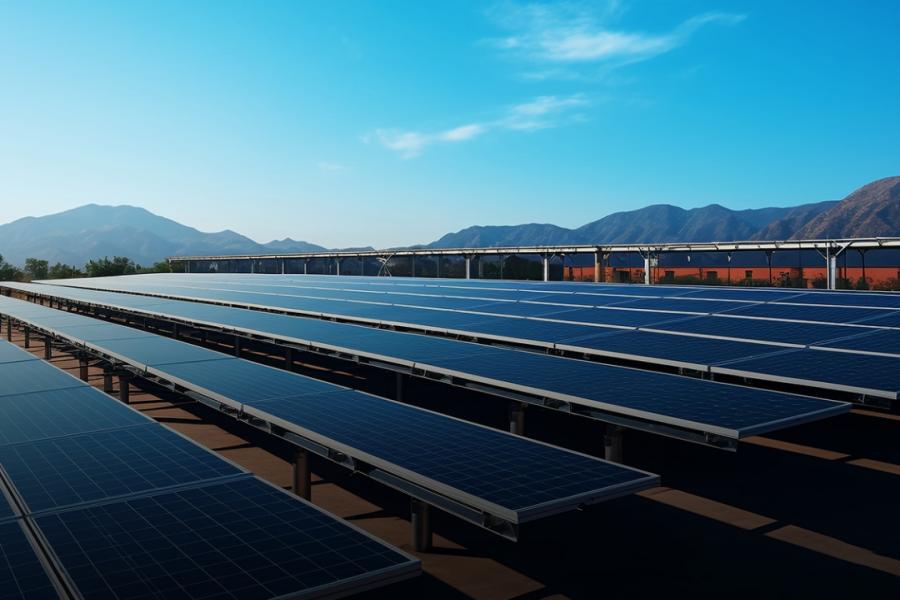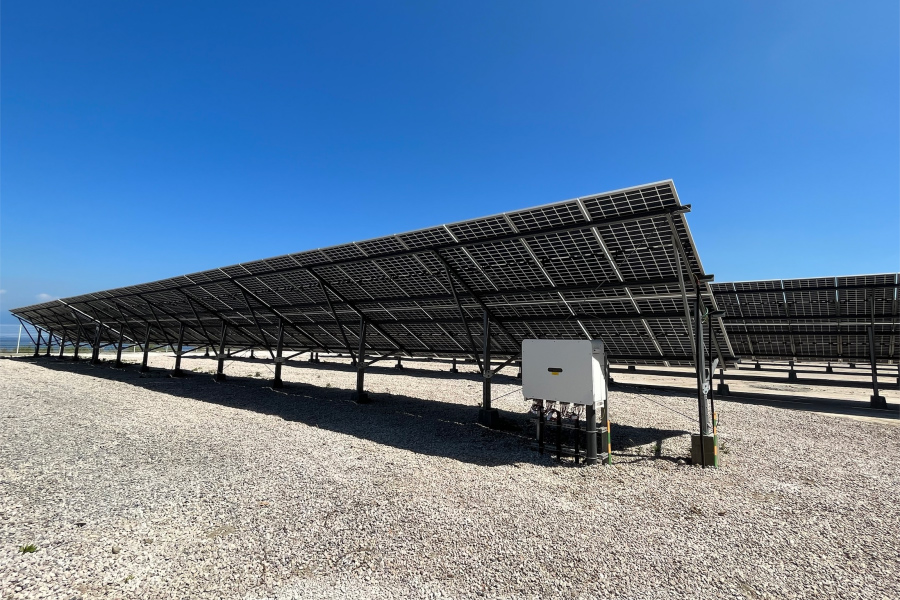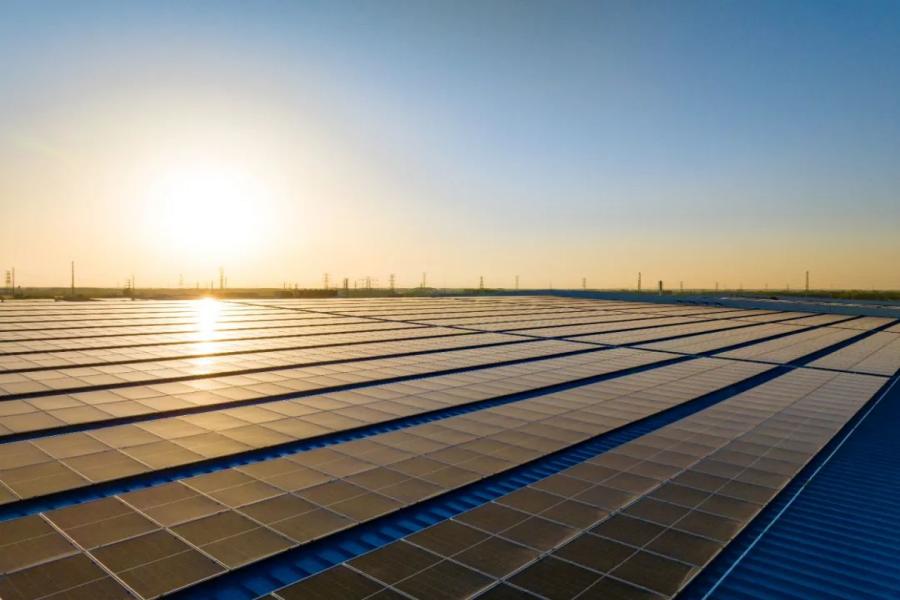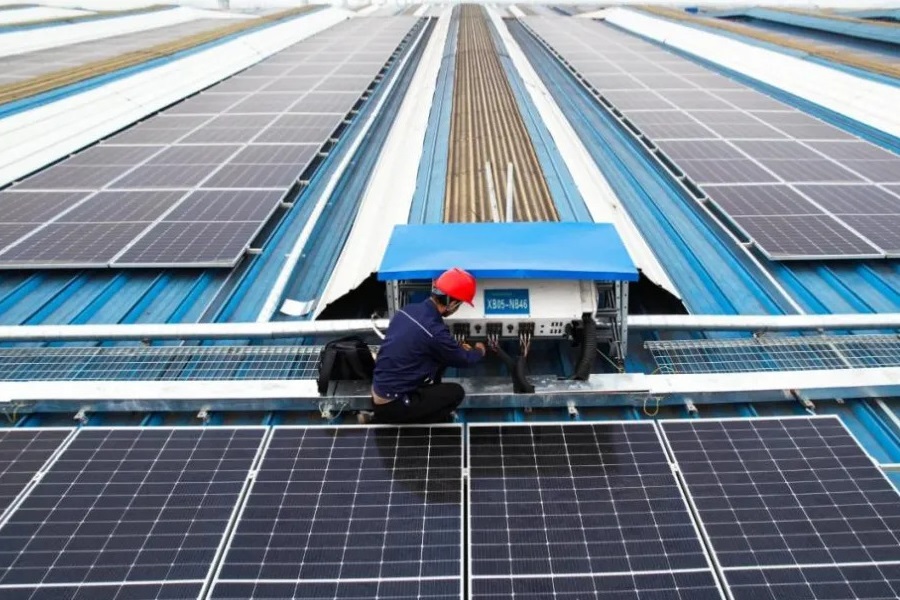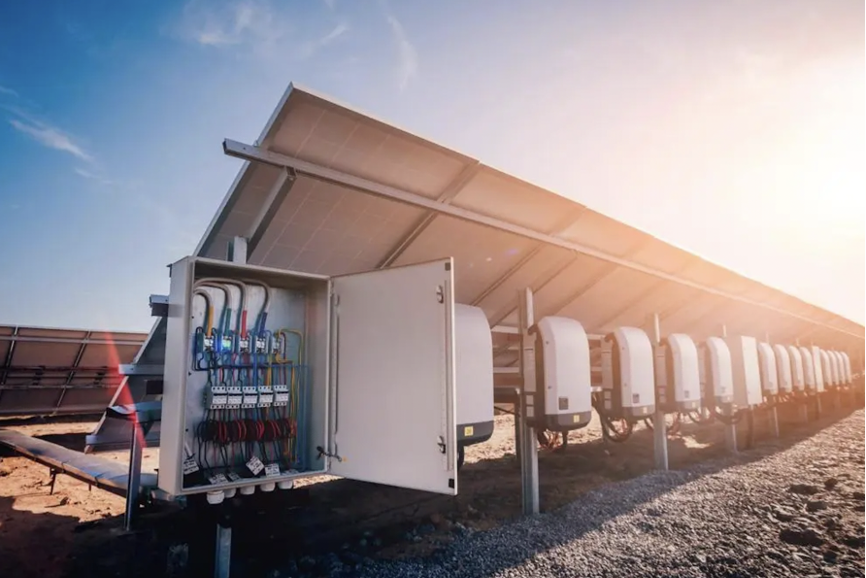Photovoltaic inverter application scenario classification | PaiduSolar
Photovoltaic inverters can be divided into centralized, cluster and micro inverters according to the working principle. Due to the different working principles of various inverters, the application scenarios are also different:
1. Centralized Inverter
The centralized inverter first converges and then inverts, which is mainly suitable for large-scale centralized power station scenarios with uniform illumination
The centralized inverter first merges the multiple parallel series to the DC input, carries out the maximum power peak tracking, and then converts to AC, usually the single capacity is above 500kw. Because the centralized inverter system has high integration, high power density, and low cost, it is mainly used in large plants with uniform sunshine, desert power stations and other large centralized photovoltaic power stations.
2. Series Inverter
The series inverter first inverts and then converges, which is mainly suitable for small and medium-sized roof, small ground power station and other scenarios
Series inverter is based on the modular concept, after tracking the maximum power peak value of 1-4 groups of photovoltaic series, the DC inverter generated by it is first alternating current, and then the converging voltage boost and grid-connected, so the power phase to the centralized power is smaller, but the application scenario is more rich, can be applied to centralized power stations, distributed power stations and rooftop power stations and other types of power stations. The price is slightly higher than centralized.
3. Micro Inverter
The micro inverter is directly connected to the grid, which is mainly suitable for household use and small distributed scenarios.
Microinverters are designed to track the maximum power peak of each individual photovoltaic module and then invert it back into the alternating current grid. Compared to the first two types of inverters, they are the smallest in size and power, typically with a power output of less than 1kW. They are mainly suitable for distributed residential and small commercial and industrial rooftop power plants, but are expensive and difficult to maintain once they malfunction.
An inverter can be divided into a grid-connected photovoltaic inverter and a photovoltaic energy storage inverter based on whether energy is stored. Traditional grid-connected photovoltaic inverters can only perform a one-way conversion from DC to AC, and they can only generate electricity during the day, which is affected by weather conditions and has unpredictable problems such as power generation. The photovoltaic energy storage inverter integrates the functions of grid-connected PV power generation and energy storage stations, storing electricity when there is excess electricity and outputting stored electricity in reverse when there is insufficient electricity. It balances the differences in daily and seasonal electricity consumption and plays a role in peak shaving and filling valleys.
"PaiduSolar" is a set of solar photovoltaic research, development, production, sales in one of the high-tech enterprises, as well as "the national solar photovoltaic project excellent integrity enterprise". Main solar panels, solar inverters, energy storage and other types of photovoltaic equipment, has been exported to Europe, America, Germany, Australia, Italy, India, Southeast Asia and other countries and regions.
Cadmium Telluride (CdTe) solar module manufacturer First Solar has begun constructing its 5th production factory in the US in Louisiana.






